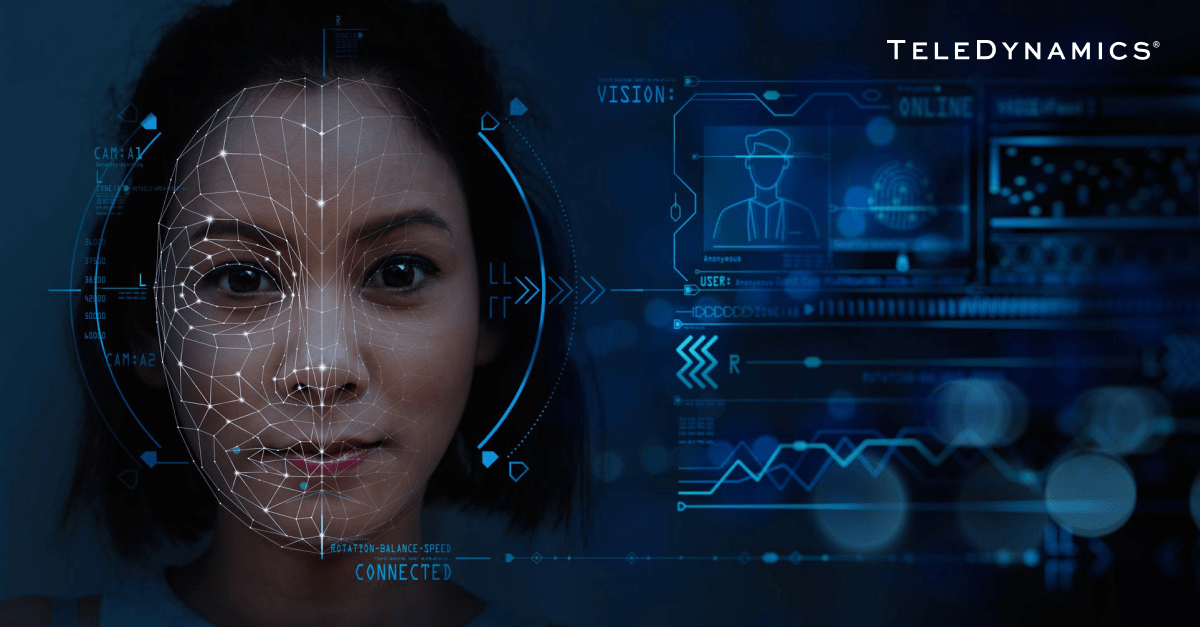
Artificial intelligence is changing the landscape of various technologies, and we've examined its role in various voice, collaboration, and unified communications-related scenarios.
This article focuses on how AI is involved specifically in videoconferencing (VC) and unified communications-as-a-service (UCaaS) systems. We look at functions that are both already available today and those that are expected to be available in the near and not-so-near future.
The role of AI in videoconferencing & UCaaS today
AI is an enabler in the context of videoconferencing and UCaaS systems. It can perform tasks that enhance the user's experience, automate tedious processes typically performed manually, and reveal insights that would otherwise go unnoticed.
Here are some of the AI-driven capabilities that are already available in many of today's systems:
- Automated transcription and translation: AI-driven systems can provide real-time transcription and translation, making communication seamless across different languages and enhancing accessibility for participants with hearing disabilities.
- Background noise suppression: AI algorithms can identify and filter out background noises more effectively than traditional methods, ensuring clear audio quality during meetings.
- Auto framing: These systems can automatically adjust the camera to keep participants in the frame and in focus even when they're moving, enhancing the visual quality of meetings.
- Facial recognition: AI systems can recognize the faces of specific people, allowing the system to automatically indicate the name of each participant. This can also be leveraged as a security feature, ensuring only authorized participants participate in a particular meeting by disallowing unrecognized individuals.
- Meeting analytics: AI tools analyze meeting content, including speech, video, shared presentations, and shared documents, to provide insights on participant engagement, speaking time distribution and topic trends. You can also use these programs to create automatic meeting minutes and summaries at any desired level of detail.
- Virtual backgrounds and avatars: AI technology allows users to replace or blur their backgrounds. This feature enhances privacy and allows for a more personalized experience. Additionally, avatars can represent users, adding an extra layer of personalization and privacy. Current options represent a significant improvement over earlier versions, which were often marred by clumsy and awkward effects that would distract from the essence of the meeting.
- Enhanced security: AI algorithms can monitor unusual activity, providing enhanced security and data protection for VC and UCaaS systems.
The expected role of AI in videoconferencing & UCaaS in the future
Today's videoconferencing and UCaaS systems have only scratched the surface of the full potential of AI integration. Here are some features we expect to see in the future:
- Emotion and engagement analysis: Advanced AI could analyze facial expressions and voice tones to gauge participant engagement and emotions, providing feedback to improve communication effectiveness.
- Predictive assistance: AI might suggest meeting times, participants and agendas based on an analysis of past meetings and individual schedules.
- Advanced personalization: AI could tailor the VC and UCaaS experience based on individual preferences and usage patterns, including interface customization and adaptive audio-visual settings.
- Holistic integration with IoT devices: Enhanced integration with Internet of Things (IoT) devices could lead to more interactive and immersive meeting experiences, like controlling environmental factors (lighting, room temperature) based on meeting dynamics.
- Holographic and 3D meetings: The future of AI in videoconferencing could include realistic 3D holograms, offering a near-physical meeting experience from remote locations.
- AI-driven content collaboration: AI may facilitate real-time collaboration by suggesting content, drawing from extensive databases, and providing contextual information during discussions.
Why is AI in videoconferencing & UCaaS so important?
The significance of integrating AI in VC and UCaaS systems has become increasingly evident, especially following the surge in their usage for remote communications during the pandemic. This period has marked a turning point, highlighting the necessity for enhanced user experiences in remote communications.
Today, the restrictions introduced by the pandemic have largely been lifted, but the expectation of high-quality communications continues to rise as users seek systems that both facilitate comfortable remote communication and closely emulate the dynamics of in-person meetings.
AI also plays a pivotal role in making communications more inclusive. Features like real-time captioning and sign language interpretation help break down barriers for individuals with disabilities, enabling inclusivity that is essential in today's globalized and diverse work environment.
In addition, by automating routine tasks and processes, AI can free up valuable time for users, liberating them from often tedious and repetitive tasks and allowing them to focus on more critical aspects of their work. AI-driven systems will be able to increasingly handle scheduling, document retrieval, and meeting preparation, enhancing overall productivity.
AI can aid in the seamless integration of countless communications tools and platforms, providing a unified experience. This integration is vital in a landscape where users often toggle between multiple tools for different communication needs.
Finally, as the landscape of technology and communications continues to evolve, AI-driven VC and UCaaS systems become better equipped to adapt to new challenges and innovations, both technical and procedural. AI's ability to learn and evolve makes these systems more sustainable and future-proof.
Conclusion
The integration of AI into VC and UCaaS systems is not just about adding advanced features—it's about fundamentally transforming the way we communicate in a digital environment.
It's about creating systems that are more intuitive, inclusive, productive, and secure, with the ultimate goal of using VC and UCaaS systems to approximate the experience of face-to-face meetings to an extremely high degree. All of this is essential in today's fast-paced, interconnected world.
You may also like:
Explore the power of AI in Yealink MVC S90 and S60 conference systems
How VoIP and AI are revolutionizing communications
VoIP and AI Part 2 – How ChatGPT will affect business communications









Comments